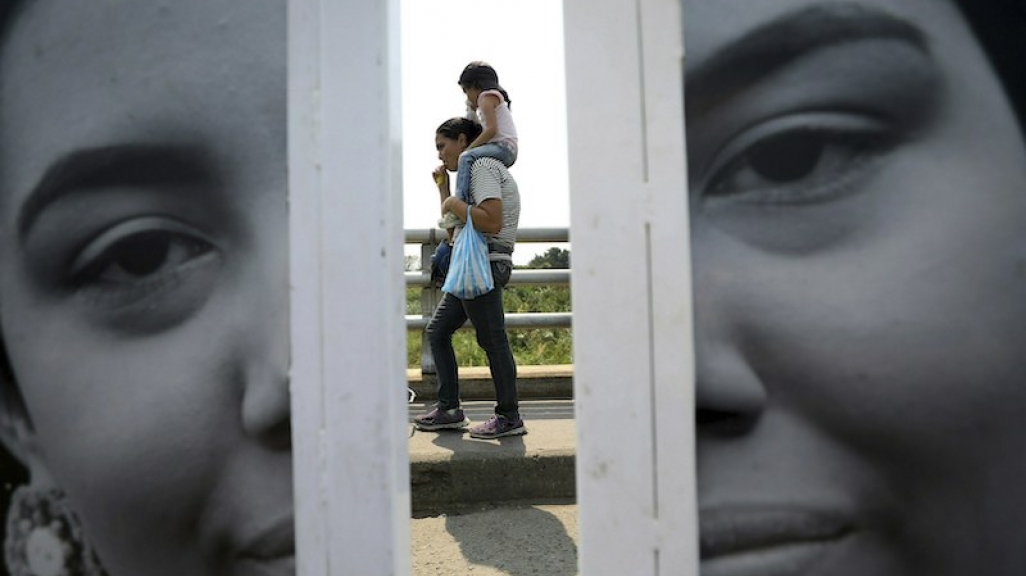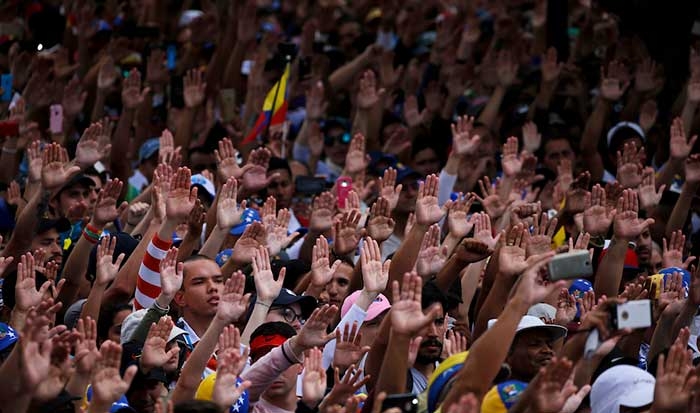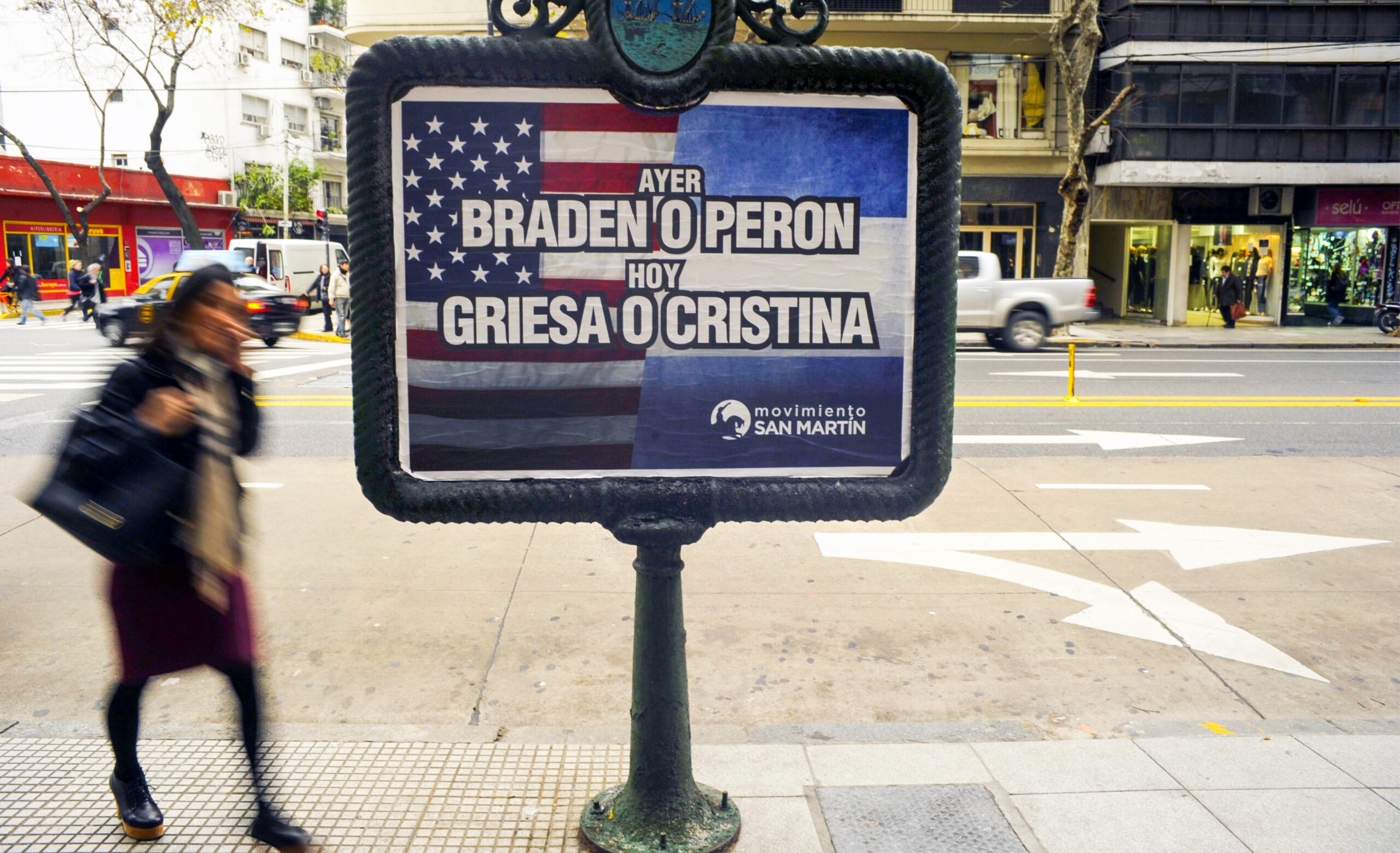13 Numbers That Tell the Story of Venezuela's Crisis
13 Numbers That Tell the Story of Venezuela's Crisis
Nicolás Maduro’s government is running out of cash and fuel—and fast.
The stories coming out of Venezuela as it faces crises of all types—political, economic, humanitarian—can at times seem otherworldly. Here are 13 numbers that help make tangible what the country is going through.
1.1 million
Barrels of oil Venezuela is producing per day, as of January of this year, down more than 30 percent from the same month a year prior. Analysts expect the downward trend to continue and say production could dip below 700,000 barrels per day in 2020 in a worst-case scenario. Another 200,000 barrels are at risk if Venezuela is unable to import crucial diluents it needs for refining when its supply is expected to run out sometime in February or March. In 1998—its most productive year—Venezuela produced more than 3.1 million barrels per day.
36 percent
Share of government revenues that was coming from Venezuela’s oil exports to the United States when Washington announced sanctions on state oil firm PDVSA on January 28.
60,000
Barrels of gasoline per day Venezuela is short for domestic use, roughly one-third of daily consumption, leading to long lines at gas stations. The country’s five refineries were working at 20 percent capacity in January.
$60 billion
The amount Venezuelan economist Ricardo Hausmann, who’s advising interim President Juan Guaidó and the Lima Group, says the country will need from the International Monetary Fund (IMF) in order to rebuild in an eventual transition. $60 billion is also the amount of privately held bonds the Maduro government at one point hoped to renegotiate with bondholders and now is defaulting on.
$20 billion
Outstanding payments Venezuela owes China for a decade-long, oil-for-money arrangement. Guaidó is lobbying Beijing to recognize him instead of Nicolás Maduro as its best option for doing business going forward.
$900 million
Amount of gold a shadowy Turkish firm helped to move out of Venezuela for Maduro in 2018. In late January, the Bank of England blocked Maduro from withdrawing $1.2 billion in gold. The Venezuelan Central Bank has $8 billion in foreign reserves.
$1.5 billion
Amount the more than 1 million Venezuelan migrants in Colombia cost their host country annually, representing about 0.5 percent of Colombian GDP.
43
Known deaths attributed to state security forces—most notably by the FAES special action police units raiding poor, formerly chavista Caracas neighborhoods to intimidate residents from backing Guaidó—between January 22 and February 3. Rights groups estimate another 900 people were arrested in this time.
27 percent
Rate of homicides in Venezuela committed by police and military forces in 2017, according to a criminology professor at the Central University of Venezuela, who suggests the rate rose last year. State security forces killed 4,998 people in 2017 alone, according to official figures.
19
Number of days it takes for prices to double in Venezuela, due to runaway inflation, which the IMF estimates will hit 10 million percent in 2019.
700 calories
The most food you can buy per day on a minimum wage salary, which sometimes must cover multiple people in a family. In 2017, two in three Venezuelans said they lost an average of 24 pounds, and the year before, three in four reported losing an average of 19 pounds.
250,000
People who have volunteered to help distribute humanitarian aid through an effort set up by Guaidó and run by one of his fellow lawmakers. The group plans to distribute 1.7 million nutritional rations for children. The U.S. Agency for International Development has pledged $20 million in assistance. On February 4, Canadian Prime Minister Justin Trudeau pledged $53 million for humanitarian aid to the interim government.
23
The day in February that Guaidó says humanitarian aid will enter Venezuela—“come what may.”








